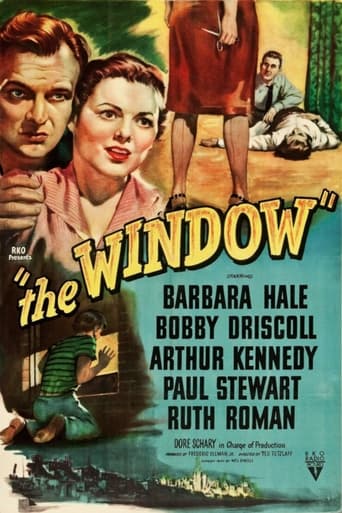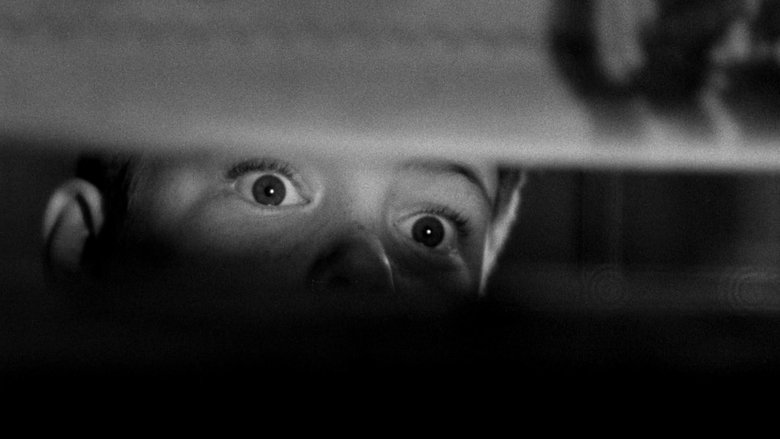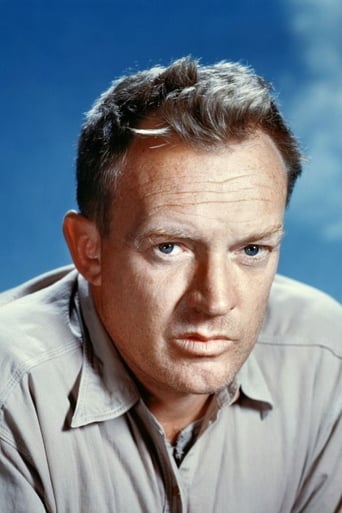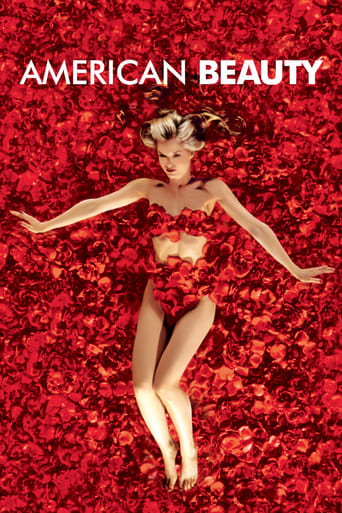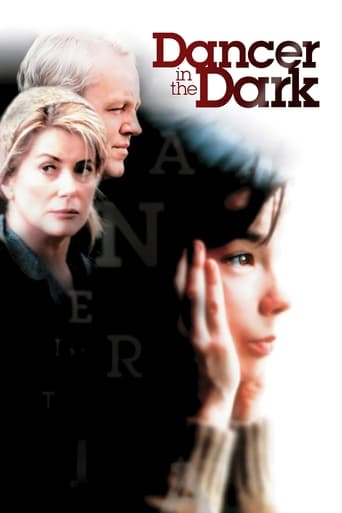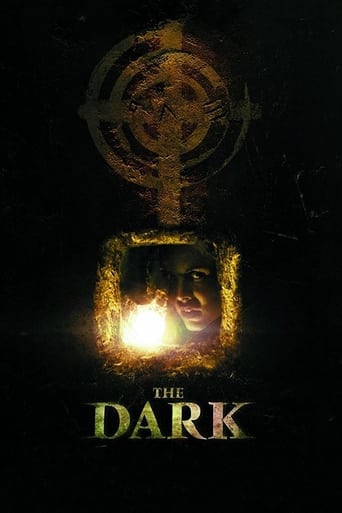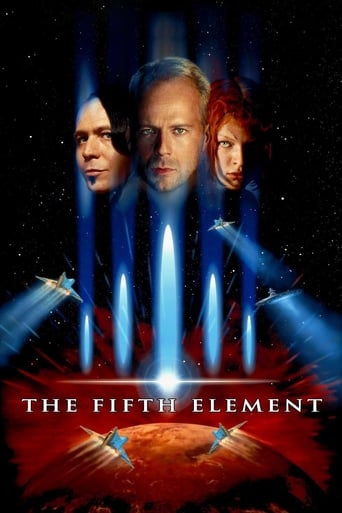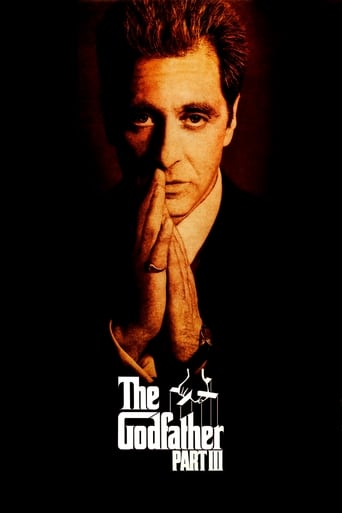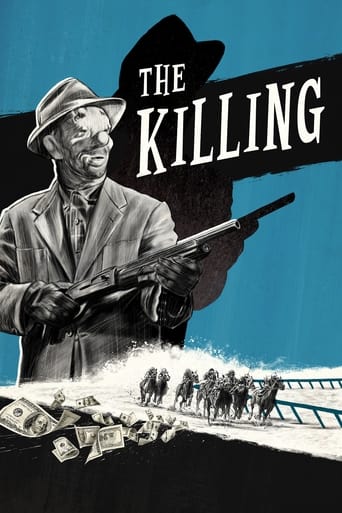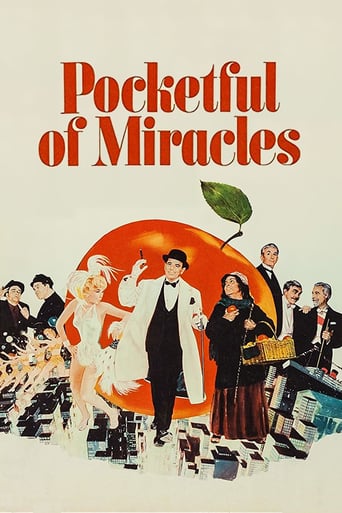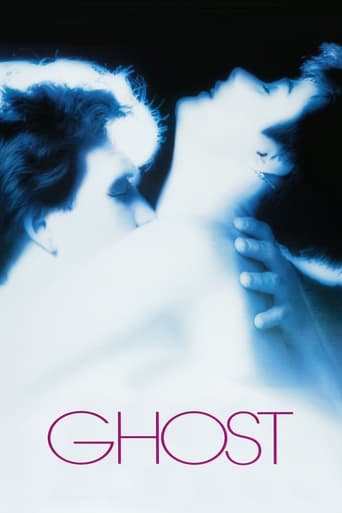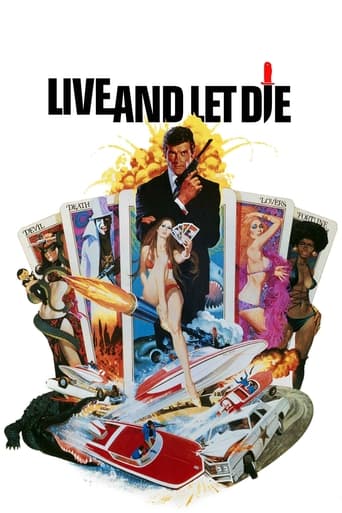The Window (1949)
An imaginative boy who frequently makes things up witnesses a murder, but can't get his parents or the police to believe him. The only people taking him seriously are the killers - who live upstairs, know that he saw what they did, and are out to permanently silence him.
Watch Trailer
Cast
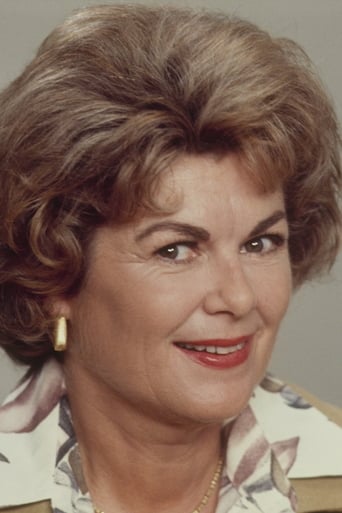


Similar titles
Reviews
Excellent but underrated film
It's fun, it's light, [but] it has a hard time when its tries to get heavy.
The film never slows down or bores, plunging from one harrowing sequence to the next.
The film never slows down or bores, plunging from one harrowing sequence to the next.
I just happened to run across this Gem when I saw my neighbor watching it as I peeked out my tenement rear window. We certainly have a, to say the least, nod to Rear Window, and our young protagonist is no Jimmy Stewart. But this is a real good nail biter. I ran out of fingernails and had to get into downward facing dog to gnaw on my toenails. There's just something about a helpless kid, maybe he's cried wolf in the past, being in adult danger that raises the goose flesh. And even the black and white adds to making this work well. It just feels like post war New York. All in all The Window is another example of why I love Turner Classic Films.
"Rear Window" writer Cornell Woolrich's short story "The Boy Cried Murder" served as the basis for director Ted Tetzlaff's suspenseful little thriller "The Window," starring Bobby Driscoll, Arthur Kennedy, Barbara Hale, and Paul Stewart. This RKO Radio Pictures urban crime drama seems like it would be rather risqué for 1949 since an adolescent witnesses a murder. However, nobody will take his claim seriously except the murderers. "The Window" benefited from on location lensing in New York City. Tetzlaff doesn't appear to pull any punches in his depiction of tenement living in the Big Apple. Frederic Knudtson received an Oscar nomination for his editing. "The Spiral Staircase" scenarist Mel Dinelli shared an Edgar award from The Edgar Allan Poe Awards with Woolrich. Furthermore, Dinelli was nominated for a Writers Guild of America Award for "The Window." Tommy Woodry (Bobby Driscoll of "Treasure Island") is the kind imaginative nine-year old kid who cooks up stories about events that would never occur. He told his playmates one afternoon that his family and he were going to leave their Manhattan apartment and move out west to a ranch after the Indians had been driven off it. The landlord calls on Tommy's father, Ed Woodry (Arthur Kennedy of "Champion"), to show another family the apartment, and Ed had to refute what Tommy said about them leaving. This incident upsets Ed and his wife Mary (Barbara Hale of "The Far Horizons"), and they punish their errant son by confining him to his room. Ed works nights to support his family. Later that evening, Tommy convinces his mother to let him sleep on the fire escape because the weather is so warm. Eventually, Tommy decides to climb the fire escape to the next floor and sleep underneath the window of the couple in the apartment. Struggling to go to sleep, Tommy is awakened when he hears a commotion watches through a gap between the window shade and the window ledge as the Kellersons, Joe (Paul Stewart of "Citizen Kane") and Jean (Ruth Roman of "Strangers on a Train"), steal money from an unconscious man. The drunken sailor (Richard Benedict of "The Shrike") catches them trying to fleece him and fights back. The Kellersons stab him to death with a knife and Tommy watches in horror as the man dies. Tommy scrambles back down to his apartment while the Kellersons take the corpse up onto the roof of the building to dispose of it.Tommy tells his parents about the killing. Naturally, they don't believe him. Desperately, Tommy goes to the local police precinct house and regales the detectives with his tale. A skeptical plainclothes detective escorts Tommy back home and checks up on the Kellersons posing as an interior remodeling agent. The detective cannot find anything amiss. Later, Ed learns from Tommy that he sought out the police. By this time, the Kellersons are puzzled about how Tommy knew about the murder, and Joe decides to question him that evening. As it turns out, Ed is away at work while Mary is taking care of her ailing sister. Joe breaks into the Woodry apartment and corners Tommy. They take him out of the apartment after Ed had told his son to stay put while his mother was away. To ensure that Tommy obeys his father, Ed nails Tommy's window shut. Tommy escapes from the Kellersons, but they manage to recapture him. Nevertheless, Tommy gets away from them again after Joe tried to place him on the fire escape so he would plunge to his death. Jean refuses to see Joe murder Tommy. Joe chases Tommy into a condemned building and during this cat-and-mouse episode, Joe steps on a high beam that collapses and the fall kills him. Tommy starts screaming and the neighbors report the disturbance to the police. Meantime, Ed has gotten off work early and come home to find Tommy missing and the front door ajar. He contacts a patrolman on the beat, and the patrolman believes that Tommy has lighted out to see his mother. The patrolman arranges for Ed to take a radio car to his wife's sister's house. When they return to their tenement, they see a crowd and the cops pulling a body out of the wreckage. Tommy tells the police where to find the body of the sailor that the Kellersons rolled.Director Ted Tetzlaff does a good job of creating characters and suspenseful situations. There are some moments of heart-stopping tension when Joe searches for Tommy in a decrepit apartment building. "The Window" exemplifies textbook terror tactics at their best. The ill-fated Bobby Driscoll does a marvelous job as the nine-year old witness to a murder, and Paul Stewart is sinister as the murderer who has no qualms about killing a child.
A belter of a B noir out of RKO. Story plays as a variant to the boy who cried wolf legend and finds young Bobby Driscoll as Tommy, a boy prone to telling tall tales. So when one night he spies upstairs neighbours murdering a man, nobody believes him...The build up to the crime is considered, we are privy to Tommy's home life in a cramped New York tenement, his parents loyal and hard working and they have plenty of love for their fanciful son.Once the crime is committed, a shocking incident compounded by the fact it's perpetrated by a normal looking male and female couple, a destitute pairing prepared to do the unthinkable just for cash, then things get real tense and the thrills begin to roll.Tommy is now under threat from the killers and he needs to be silenced, so as the cramp confines of the hot and sweaty tenement area are vividly brought to life via noir visuals, Ted Tetzlaff (director) and his cinematographers (Robert De Grasse & William O. Steiner) excelling, the paranoia and tension builds to the point that the gripping finale acts as a merciful release.Very well performed by a cast that also includes Paul Stewart, Ruth Roman, Arthur Kennedy and Barabara Hale, this late 1940s noir is highly recommended. 8/10
The Window (1949) Director: Ted Tetzlaff (Notorious (director of photography) Writers: Mel Dinelli (screenplay), Cornell Woolrich (based on his story "The Boy Cried Murder") Cinematography by Robert De Grasse & William O. Steiner. Stars: Bobby Driscoll, Ruth Roman, Barbara Hale, Arthur Kennedy, and Paul Stewart. A unique Noir Thriller. A Family Noir. A Kid's Noir. But not just any kid, the kid who was a denizen of an decaying urban rat warren in a city that was constantly regenerating. A city before the Manhattan el's were torn down, before TV, before air-conditioning, where clothes were dried on clothes lines, where playgrounds were winding back alleys, tar beach roof tops, jungle jim fire escapes, and condemned buildings that became, clubhouses, forts or whatever you may imagine. The real habitats of urban man circa 1948, apartment - street, hall - alley, sidewalk - pavement, steel - earth, inside - outside, light - dark. What really hits home with this film is its realistic telling of the tale from Tommy's POV (Bobby Driscoll). Any viewer with an urban background will find some touchstones to his own childhood or to the childhood stories of his parents. I still remember trying to sleep on hot, humid summer nights, in a second story apartment, where, thanks to a corner bedroom and two open windows any slight cross breeze brought relief. But it also provided the city lullabies of traffic, distant and near, the rattle of the Connecting RR winding off the Hell Gate Bridge, the faint roar of the sunken Grand Central. Nature provided the rustle of a sycamore from a breeze or the patter of rain on it's leaves. My best friend who lived in a bigger apartment house actually did sleep out on the fire escape to cool off with an el down the block. The film begins brilliantly with one of Tommy's fantasies instantly drawing us in to his world. We see a condemned building, we see black window, lying face down, we see Tommy. He awakens looking somewhat in pain, clutching his chest. A child in distress. Crawling forward he grabs a cap gun and we are brought to reality. Tommy is fantasizing, playing/acting out, a "shot" cowboy crawling in a hayloft to the hay-door from where he spots the "gang" playing cards. He shoots and his older buddies ignore him, a new game has replaced the one Tommy was still playing, and a fire truck siren from the street trumps even that. As Tommy makes his way to his street urchin buddies we follow the relatively benign, maze like, cinematic urban landscape that duplicates in reverse a final reckoning that, taking place in the dead of night, turns it all very noir-ish and frightening, murderous silhouettes on window shades, illumination stabbed by slanting shadows. The city, especially in this film, is given equal billing. William O. Steiner (cinematography) a native New Yorker along with two of the three assistant directors, informs the visual compositions with a loving and knowing familiarity. Interiors (studio probably) Art Direction by Italian born Sam Corso, native New Yorker Albert S. D'Agostino and Kansian Walter E. Keller looks flawless. All performances are top notch. Bobby Driscoll was incredibly talented. He's thoroughly believable as Tommy. All his interactions and reactions with his peers, with his parents especially his father Ed (Arthur Kennedy), with his neighbors, and with the police, as he tries to convince them that he's telling the truth ring clear. Barbara Hale and Arthur Kennedy are excellent as Tommy's doubting parents ratcheting up the tension/horror level every time they attempt to reason with or placate Tommy's accusations with the kind of statements most parents faced with the same situation would make. They even make Tommy confront the upstairs neighbors the Kellerson's. Joe Kellerson and Jean Kellerson are one of the most despicable couples in noir. Their grift is for looker Jean (Ruth Roman) to lure single men to their apartment, probably for sex, where she slips them knockout drops, Joe (Paul Stewart) then rolls them for their doe and dumps them in an alley. On a hot & humid night Tommy can't sleep, he wakes his mother Mary Woodry, (Barbara Hale) and asks if he can sleep out on the fire escape where it would be cooler, she says sure but be careful. Laying out in the sweltering evening with his pillow Tommy sees the towels hanging from the Kellerson's clothesline billow in a breeze, a breeze that doesn't reach down enough to give Tommy relief, so like any resourceful kid, Tommy grabs his pillow and climbs up to the Kellerson's landing to fall asleep there. He's awakened both by a shaft of light spilling across his face from the space between the bottom of a pull shade and the window sill, and the sounds of a grift going murderously wrong. Its a beautifully filmed sequence where the action is obscured, partially silhouetted by the shade and vividly focused through the slot. Though I've never read the Cornell Woolrich short story I have read that the story is even gorier. Lots of great sequences, watch for the police station cat. The original music score by Roy Webb even includes a leitmotif for Tommy. Great New York Noir 10/10

